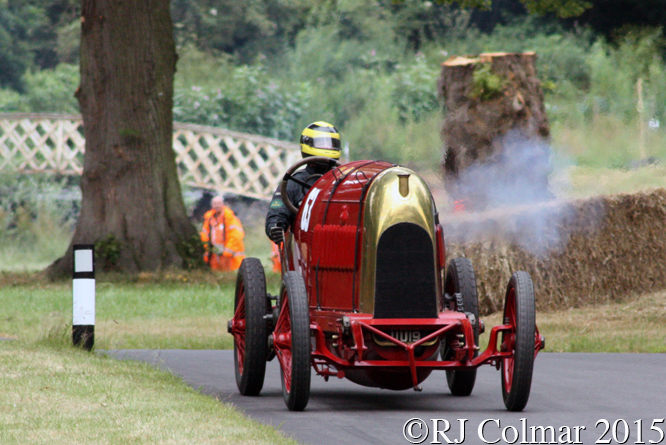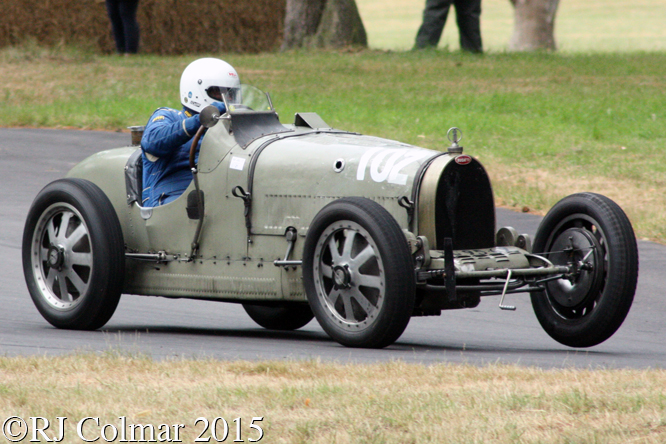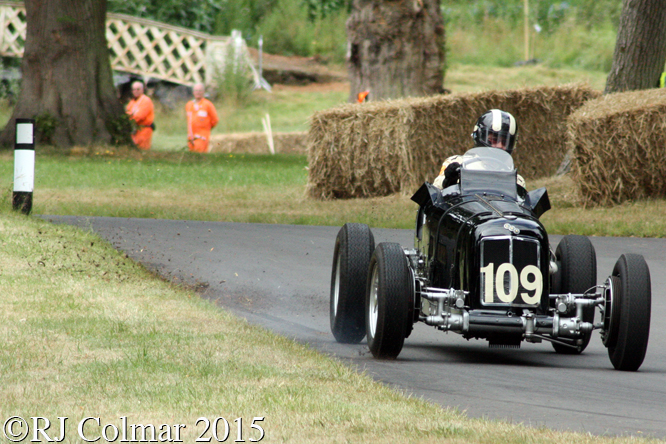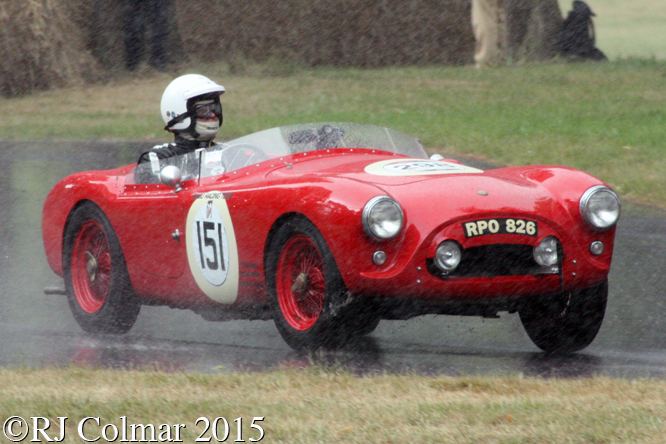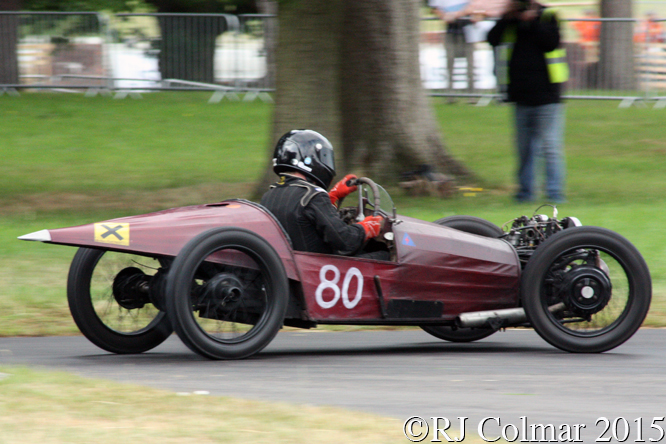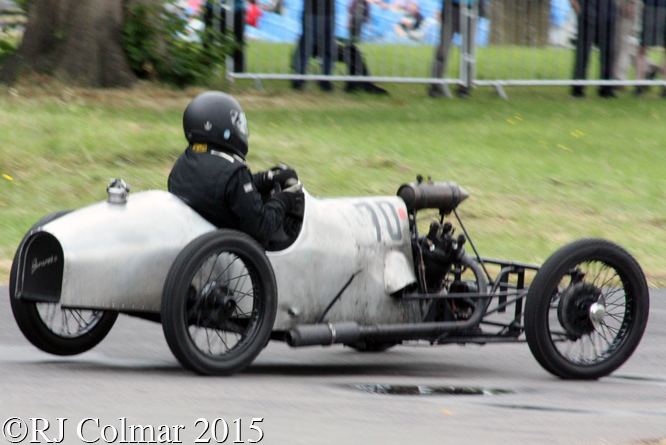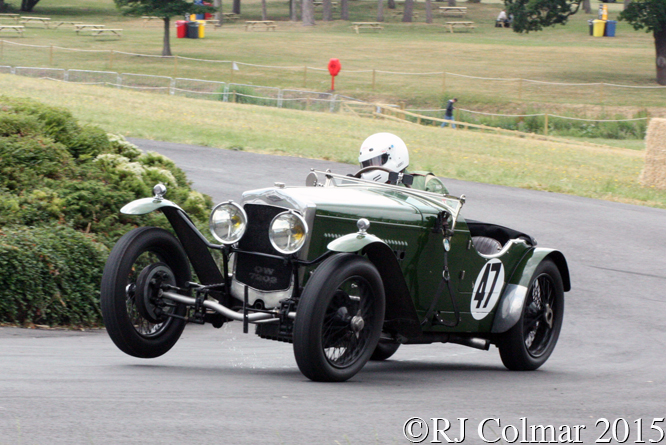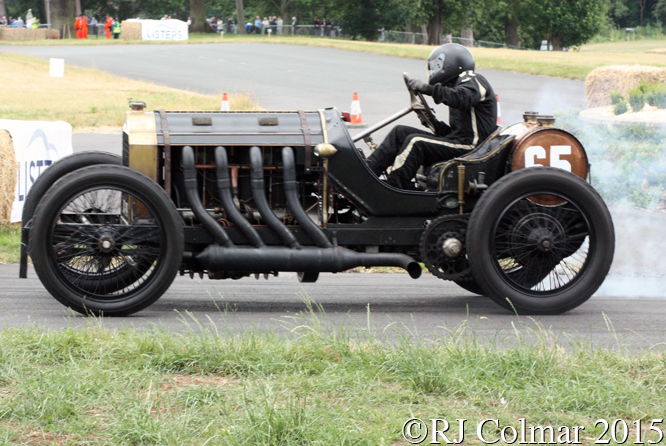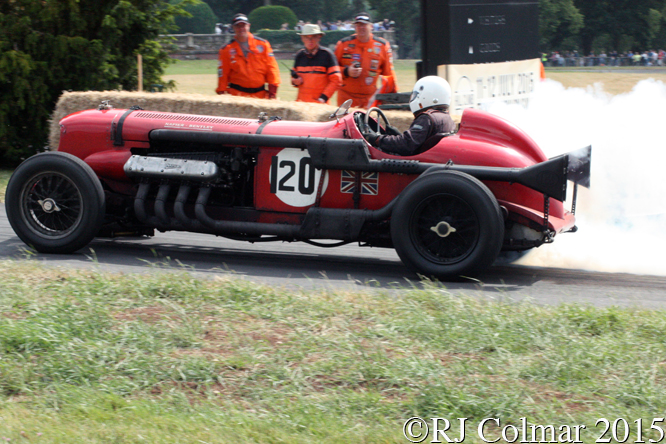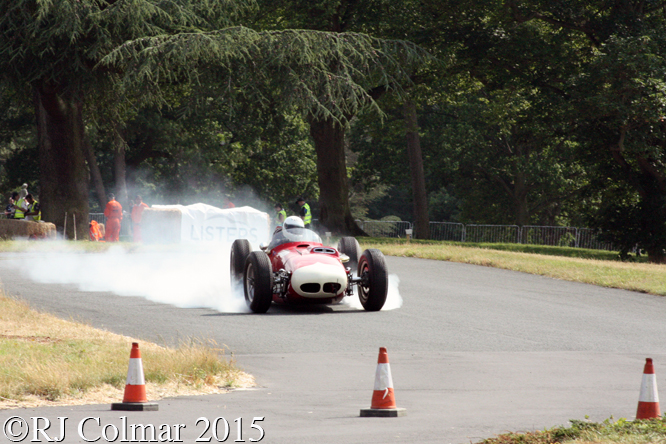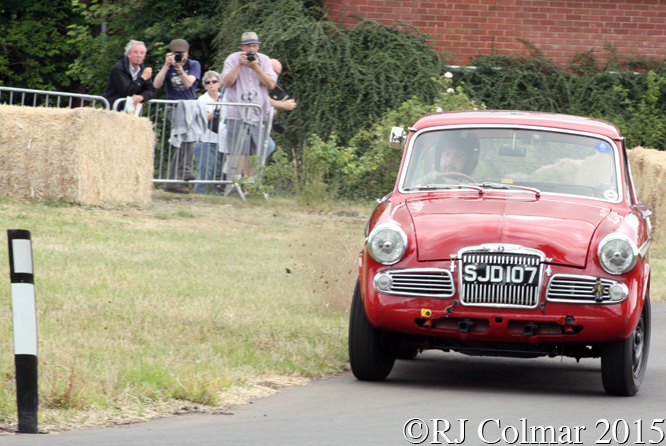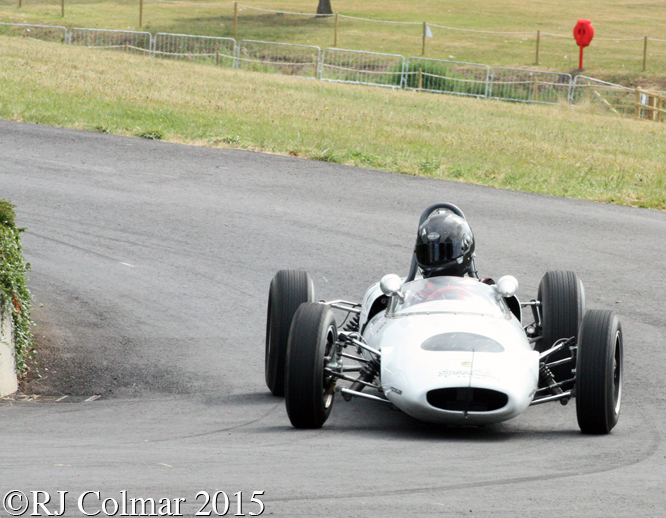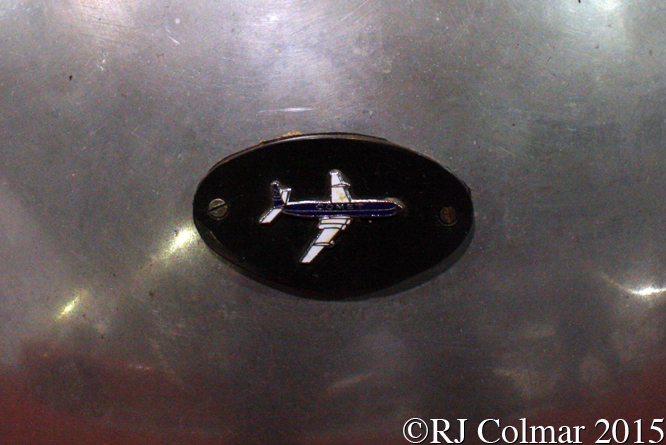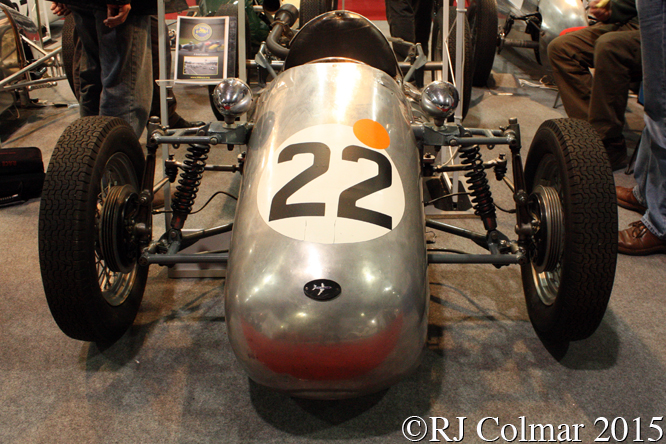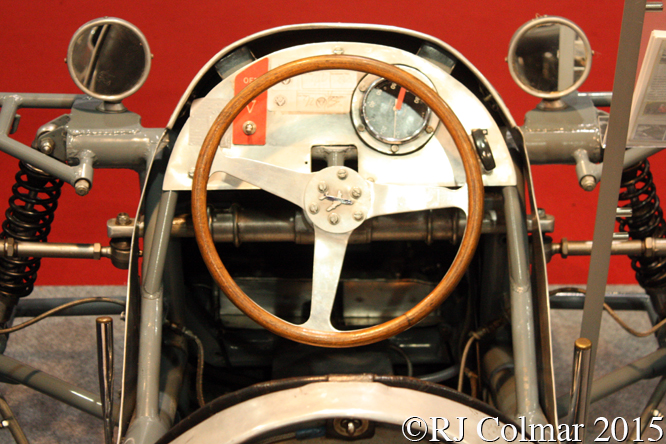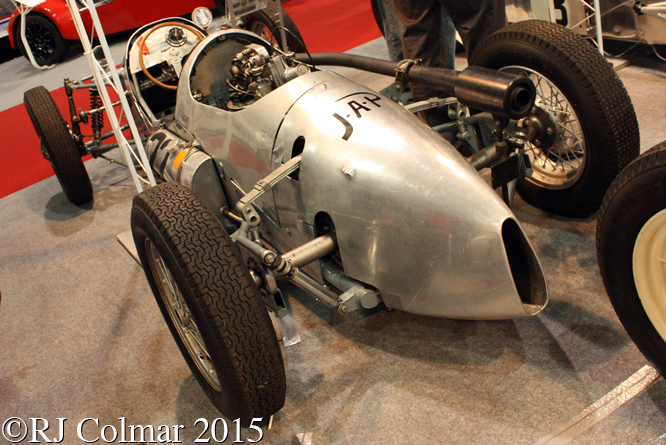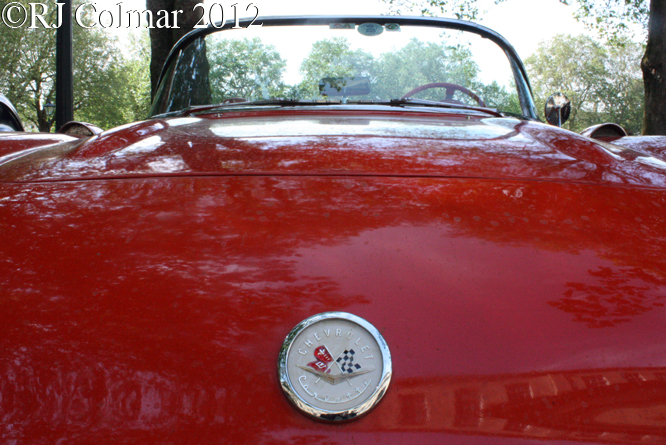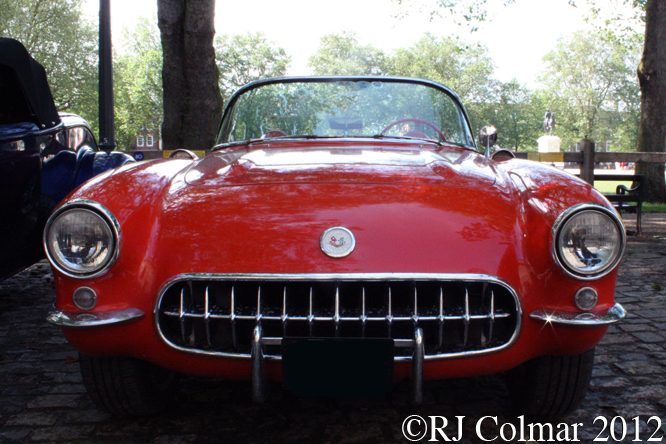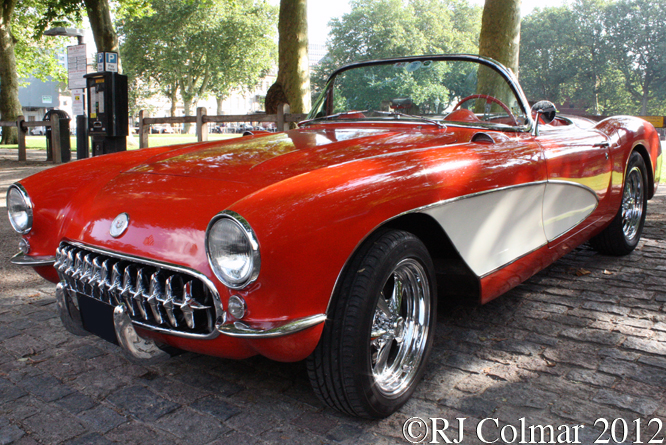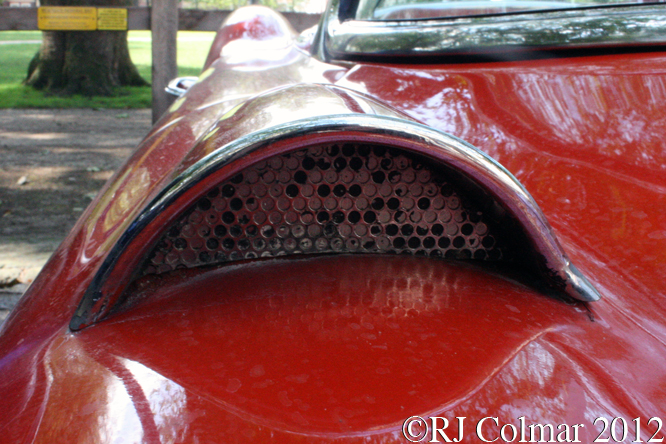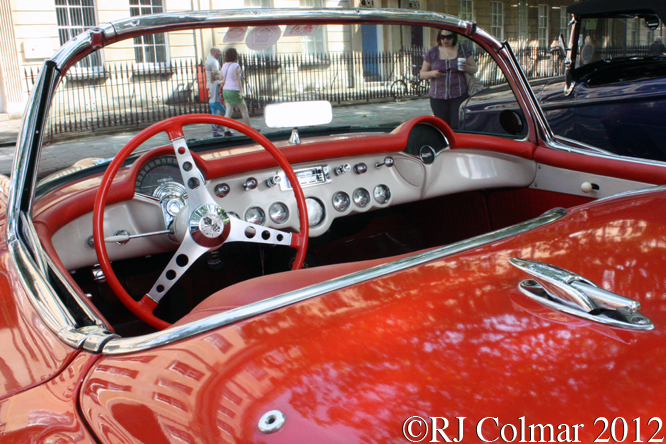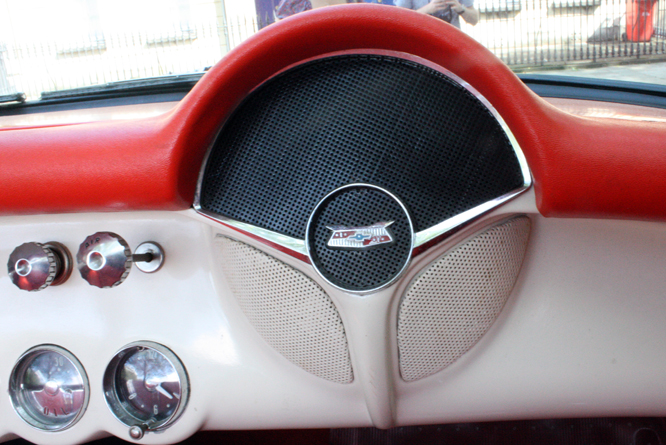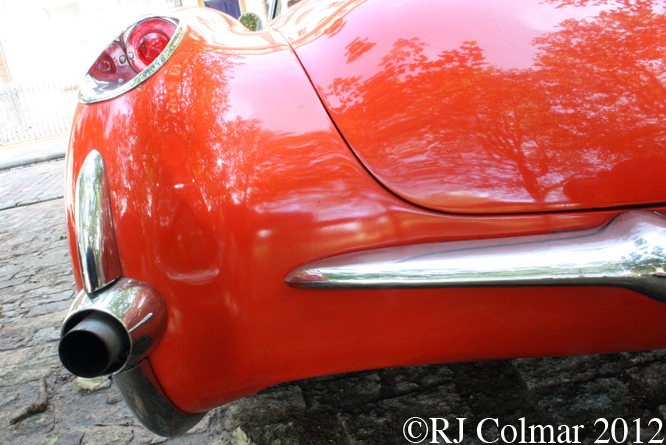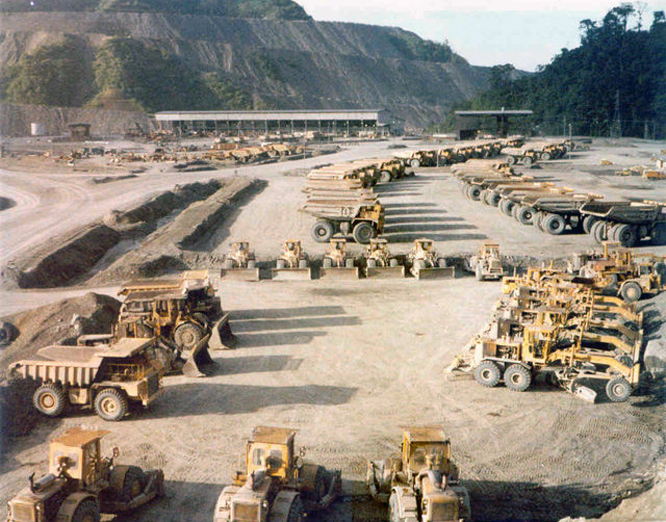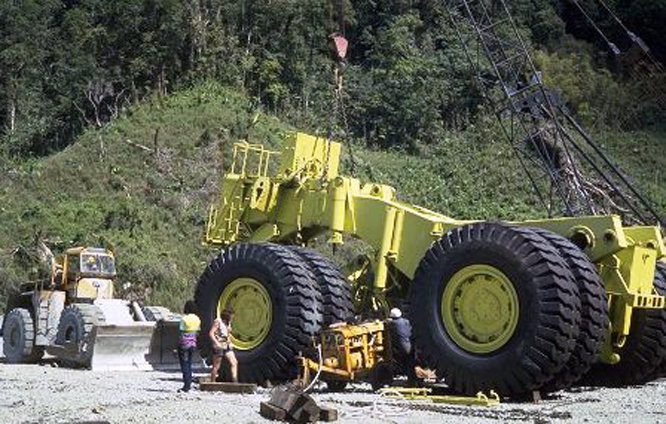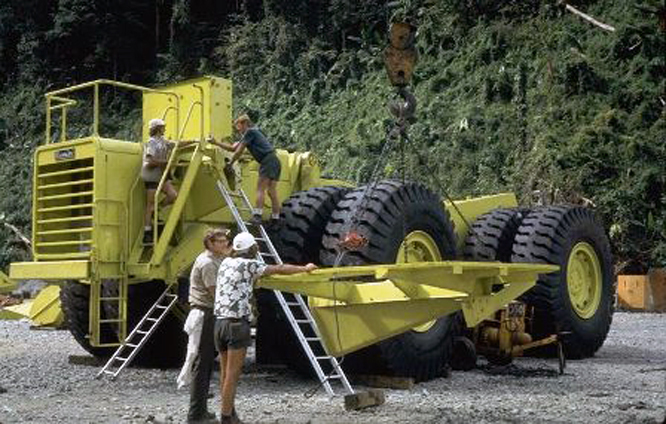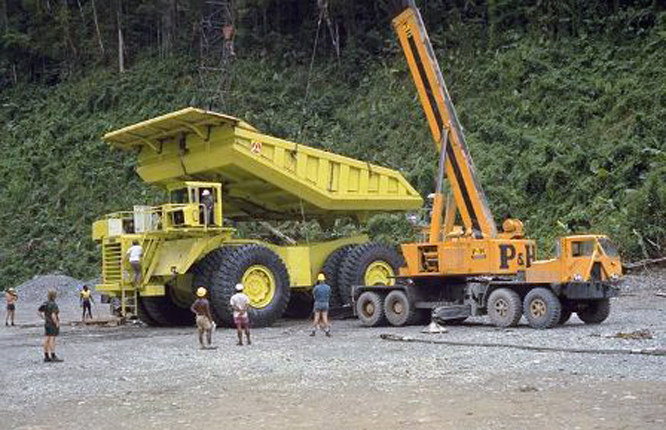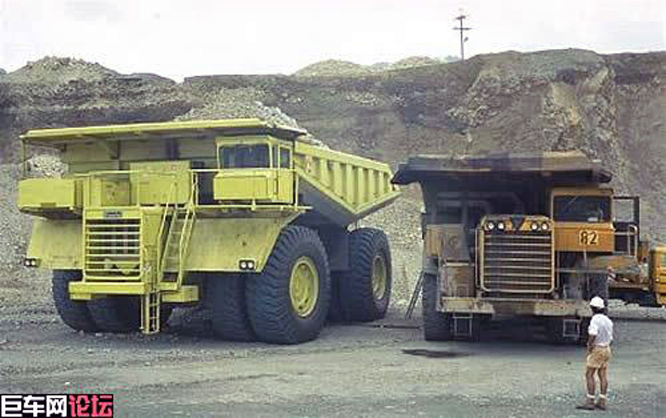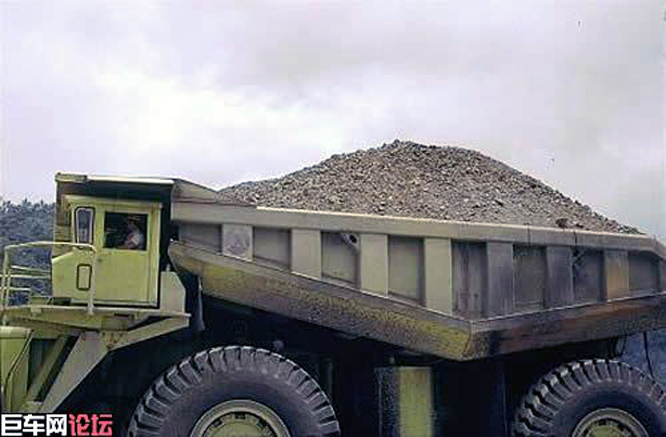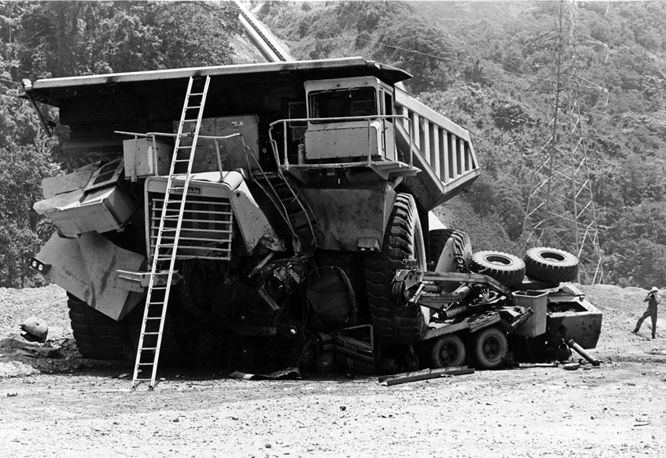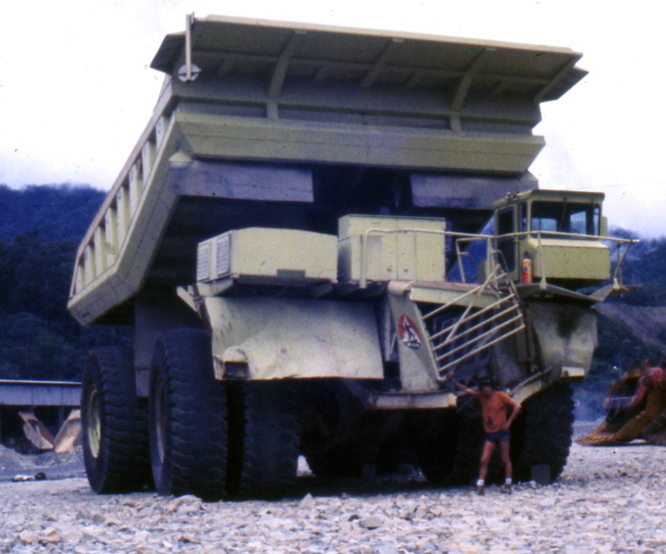On Saturday I popped along to Castle Combe for the Grand Finals meeting where the sun was trying in vain to dissipate the clouds, but the fine quality of the racing made up for it’s inadequacies.
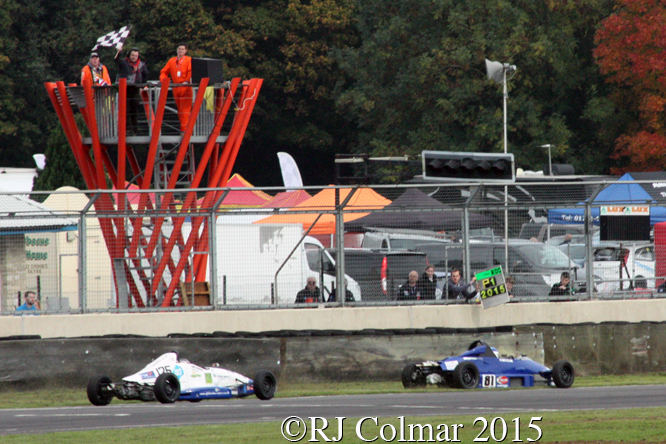
The afternoons racing got off to a scintillating start with the Drive Soutwest and Empire EV Castle Combe Formula Ford 1600, Kent engines, Championship, in which Josh Fisher starting from third on the grid in his 1989 #81 Reynard engaged in a thrilling battle with pole sitter Michael Moyers driving the #125 Spectrum 11c that was twenty years younger than the Reynard.
Josh took the lead on lap six, relinquished it for the next two laps before grabbing it for good on lap 9, Josh is seen above exceeding track limits as he takes the flag after 15 thrilling laps by just 0.212 of a second from Michael, Roger Orgee clinched the championship, 41 years after his farther Roger Snr, won the same championship at he same track, with a third place finish.
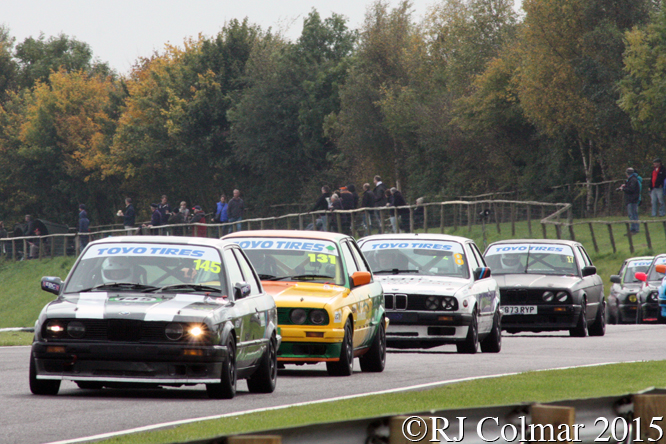
The penultimate round of the Toyo Tyres Production BMW championship saw Gary Feakin and Harry Goodman storm away from the rest and leaving the #145 of Matthew Swaffer, #131 of Matthew Wileman, #8 of Mark Palmer and #17 driven by William Davison to squabble over the final place on the podium in another entertaining race.
When the dust settled William finished third behind Harry but ahead of Matthew Wileman, Rob Cooper and Mark while Matthew Saffer retired the #145, Gary’s win sealed the championship in his favour with one round, run later in the afternoon, to go.
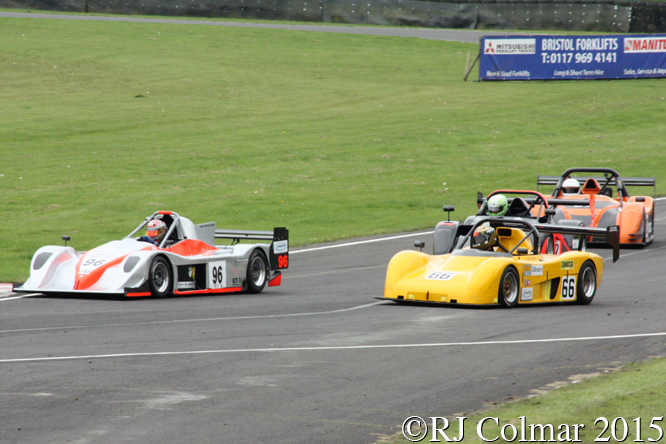
Nottingham’s Tim Gray drove his #96 Spire GT3 to set a pole time for the Castle Combe Sports Racing Series race over three and a half seconds ahead of fellow front row starter Robert Gillman in his #66 Radical Prosport.
It was hardly surprising there for that the closest anyone got to Tim was on the warm up lap when the race ended Robert was 53 seconds ahead of the #12 Radical SR4 driven by Darcey Smith who remained the only unlapped runner, hopefully next year Simon Tilling might bring his Radical out to play in what could be a competitive series.
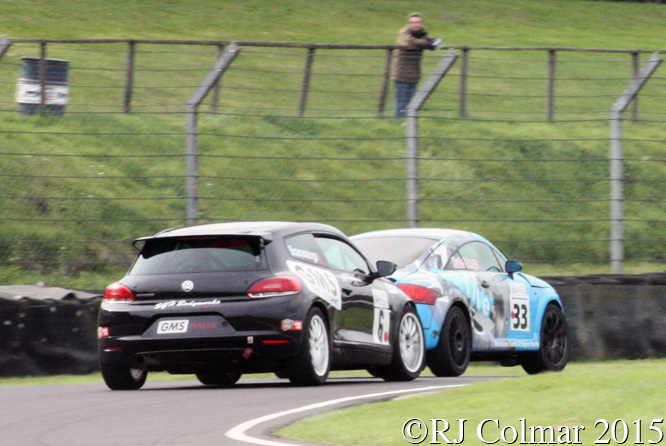
Dave Scaramanga, driving the #6 Volkswagen Scirocco from 9th on the grid, accepted some responsibility for killing Tony Hutchings opportunity to clinch the Class A title of the On Pole Castle Combe Saloon Car Championship after a coming together with the #33 Audi TT a couple of hundred yards after the photo above was taken, leaving Gary Prebble to win the class championship unchallenged in his SEAT Leon 20V T.
Earlier in the race Dave missed the same Bobbies chicane where he came together with Tony on the penultimate lap, after 19 years of trying Mark Wyatt secured his first championship with his class B Vauxhall Astra.
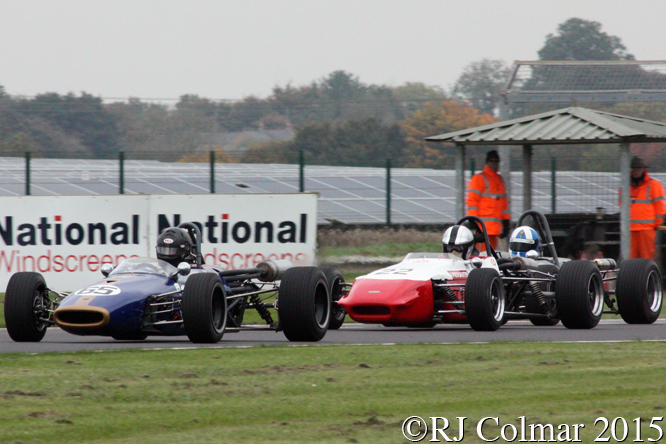
Like Dave Scaramanga, Simon Armer also misjudged Bobbies chicane on the opening lap of the first of two HSCC Historic Formula 3 Races, Simon driving the #22 March 703 is seen making up time as he looks to deprive the #65 Brabham BT21 driven by Peter Thompson of the second place on lap 3 on his way to victory.
Legendary club motorsports journalist and racer Marcus Pye in the commentary box informed us that the Simon’s March belonged to Tom Walkinshaw, who went on to found Tom Walkinshaw Racing with which he won the 1984 European Touring Car Championship at the wheel of a TWR Jaguar before taking Jaguar back to Le Mans in 1986 which resulted in wins for the marque in 1988 and 1990.
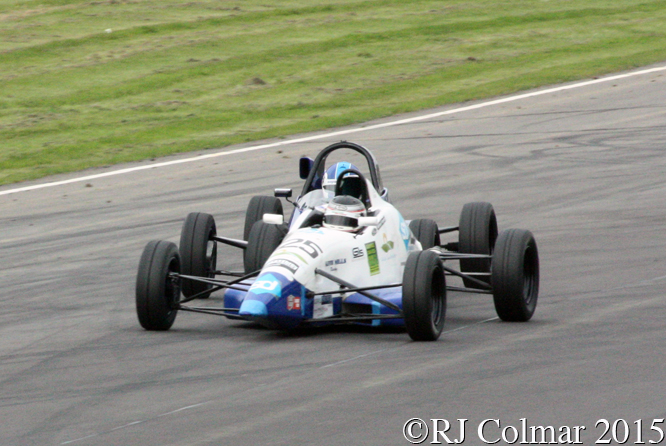
The Formula Ford boys made a second appearance at the meeting for the non championship Formula Ford Carnival which again saw a close battle between Michael Moyers and Josh Fisher, this time Michael did not give an inch and won the 15 lap adrenaline rush by less than a second, for his two entertaining drives in such an ancient machine Josh quite rightly won the man of the meeting award.
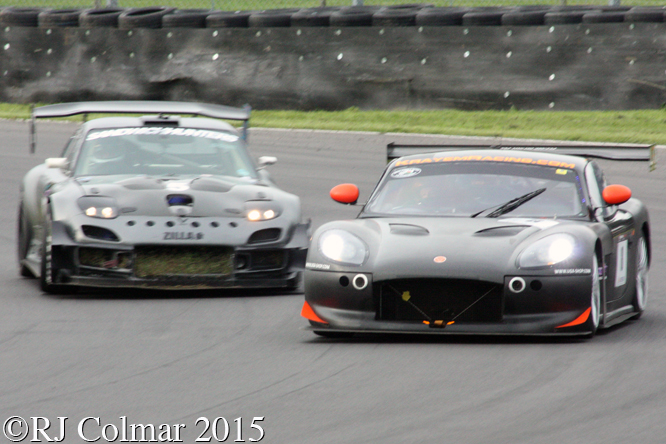
Bristol’s Oliver Bull driving a Ford powered Vauxhall Tigra Silhouette in class B of the Avatar Sports Cars Castle Combe Sports and GT Championship managed to secure the overall title with an incident free drive to second overall from pole. Claimants for the win included Barry Squibb who took the lead on the opening lap only to retire his fire belching Mitsubishi Evo on lap 3 which handed the lead to the fearsome 7 litre / 427 cui V8 powered Zilla Killa Mazda RX7 driven by Steve Putt who started second on the grid.
4th place starter David Krayem, driving a 3.5 litre / 213 cui V8 powered Ginetta G50 is seen above at Quarry having just taken the lead, which he held until the end of the race, from Steve with three laps to go.
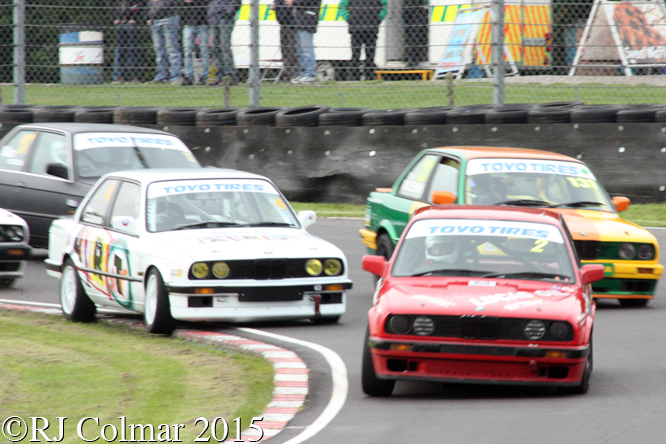
Gary Feakin #2, Harry Goodman #4 and William Davison #17 again deprived Matthew Wileman of a podium as they finished the second Toyo Tyres Production BMW championship in the same order as the first, Matthew held third place in the #131 until lap 5 before giving way to the William in another event full of close racing through out the field.
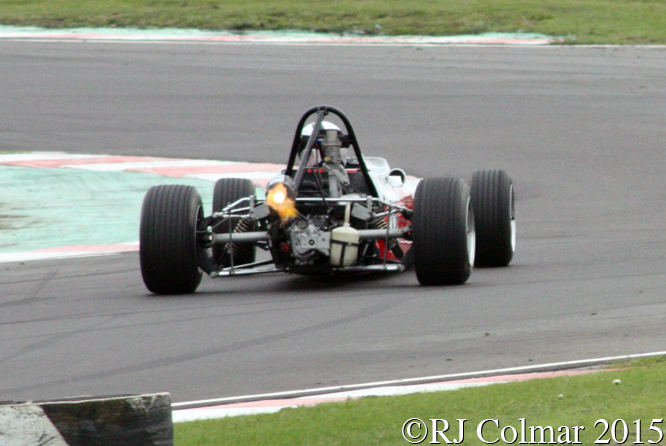
Simon Armer made no mistakes in the second HSCC Formula 3 race in which he smoked the field and led from start to finish to win by just over 3 seconds, although the finishing order with Peter Thompson and Michael Scott finishing second and third the battle was never certain until the checkered flag was shown.
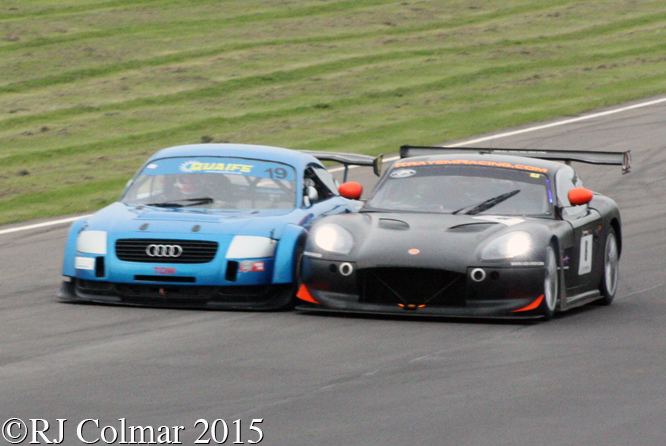
Finally the Castle Combe Sports and GT’s came out to play with the Castle Combe Saloons for a bit of end of term fun, Steve Hall in the #19 Audi TT starting from 5th on the grid made the move on David Kraymen seen above as they approach the The Esses stick and led the opening lap before relinquishing the lead back to David who won the race by 2.5 seconds from the Audi with Adam Prebbles steel bodied Rover Tomcat a highly entertaining 3rd ahead of the Audi TT driven by Tony Hutchings.
With another full day of motorsport planned in Wales for the following day I declined the kind invitation to all to attend a party at the Strawford Centre where no doubt a good time was had by all.
Thanks for joining me on this “Grand Finals” edition of “Gettin’ a li’l psycho on tyres” I hope you will join me again tomorrow when I’ll be looking at a Plymouth. Don’t forget to come back now !


